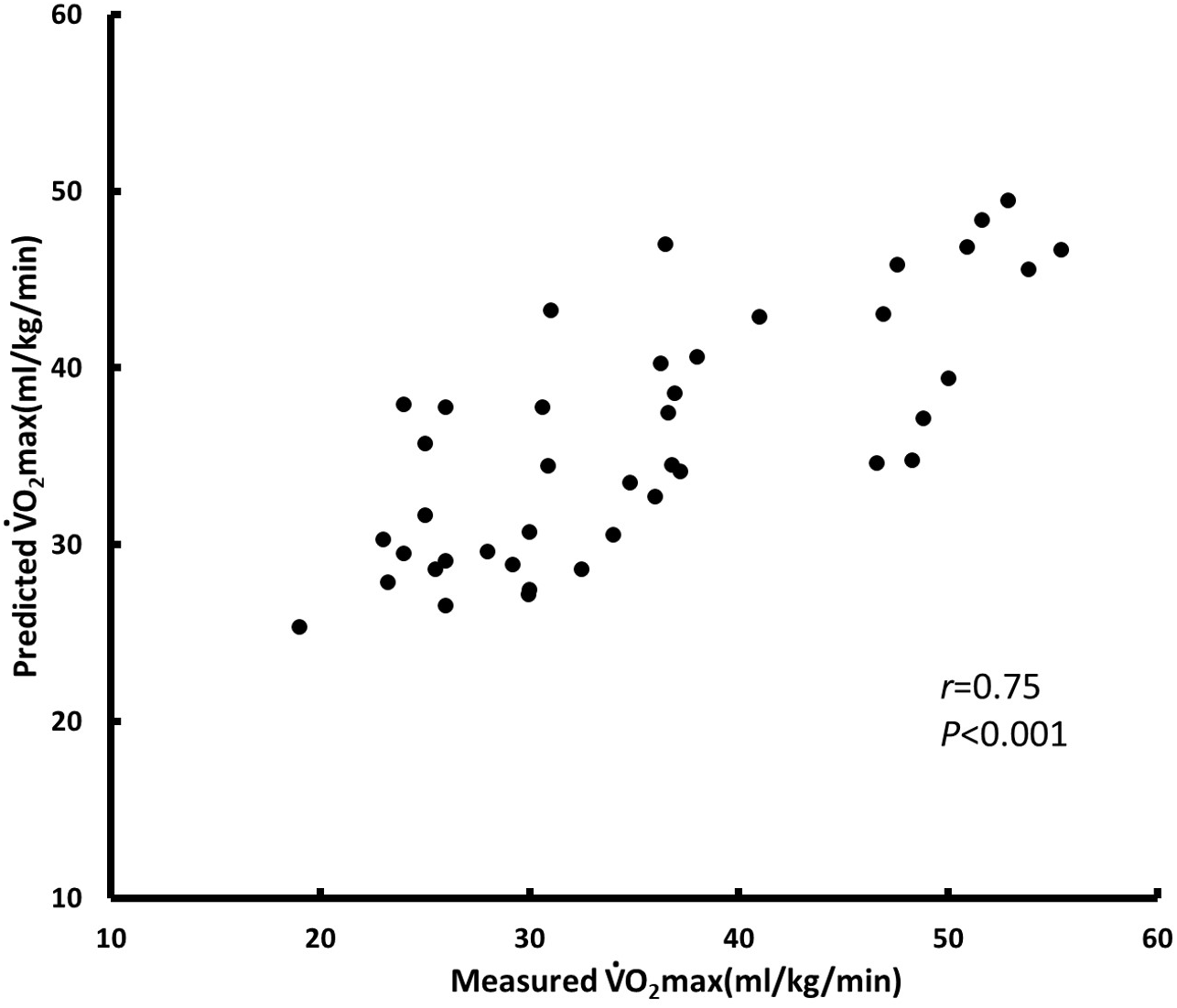

In patients with COPD we evaluated the reliability of the Chester step test and its correlation with pulmonary function and exercise test results. The Chester step test was originally designed to assess aerobic capacity in healthy subjects, 14 and was recently used to predict maximum oxygen uptake (V̇ O 2) and to evaluate the effectiveness of an exercise training program in patients with severe acute respiratory syndrome, 12, 13 but it has not been tested in COPD patients. Because of the huge possibilities for adaptation, step tests can be used to assess physical capacity in patients with varied health status. 3– 13 The advantage of the step test over the 6-min walk test or shuttle test is that the step test requires less space and therefore can be conducted in settings such as an intensive care unit, a physician's office, or at a home-based or in-patient rehabilitation program.Ī wide variety of step tests have been described, with different cadences (self-paced or externally paced), step heights, and test durations. The step test is widely used in healthy subjects, and several step test protocols have been adapted to study various outcomes in cardiopulmonary diseases. 2 The 6-min walk test and shuttle test are commonly used to assess functional capacity in patients with COPD. 1 The combination of pulmonary and muscular disturbances contributes to reduced exercise capacity. 001).Īpart from pulmonary impairment, COPD leads to peripheral muscle dysfunction. In the 6 patients in whom oxygen uptake could be estimated from the Chester step test, oxygen uptake was higher than that measured at the peak of the cycling test (30.8 ± 5.1 mL/kg/min vs 17.4 ± 4.5 mL/kg/min, respectively, P =.

In the 11 patients who performed the incremental cycling test there was a significant correlation between number of steps and peak work load (r = 0.69, P =. There was a significant correlation between number of steps and peak heart rate (r = 0.55, P =. Heart rate increased according to advanced stages of the Chester step test, up to 81 ± 13% of predicted. There was a significant correlation between number of steps and FEV 1 (r = 0.43, P =. There was no difference in heart rate or S pO 2 between the 2 Chester step tests at the peak of exercise or at the end of each stage. The number of steps was highly reproducible: 66 ± 41 steps vs 68 ± 41 steps. Nineteen patients performed stage 2 of the Chester step test. RESULTS: Thirty-one patients performed stage 1 of the Chester step test.


 0 kommentar(er)
0 kommentar(er)
